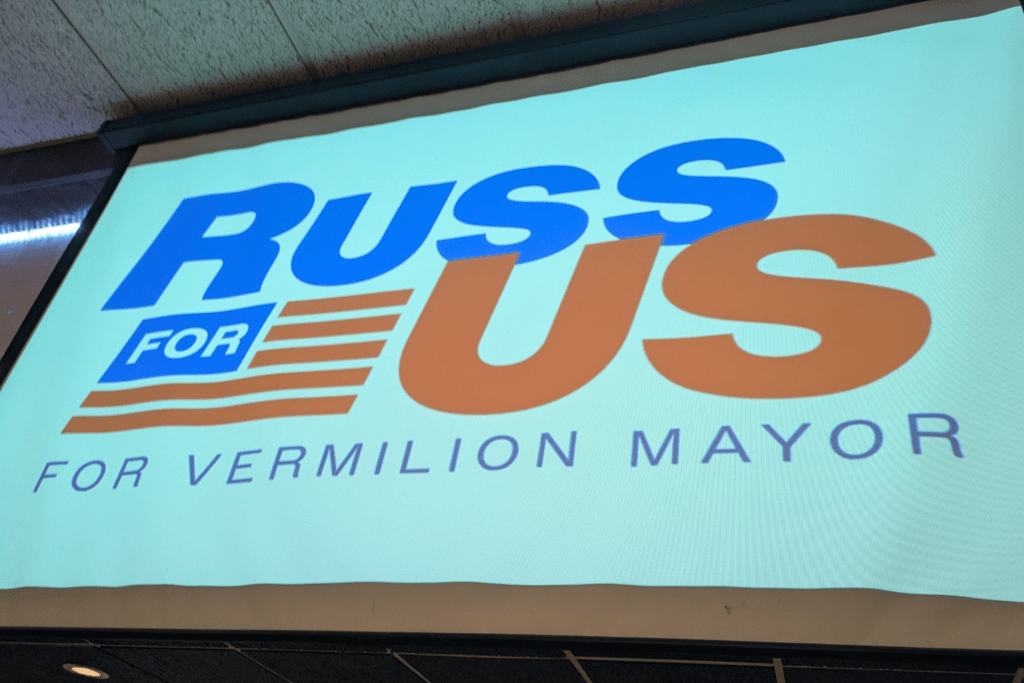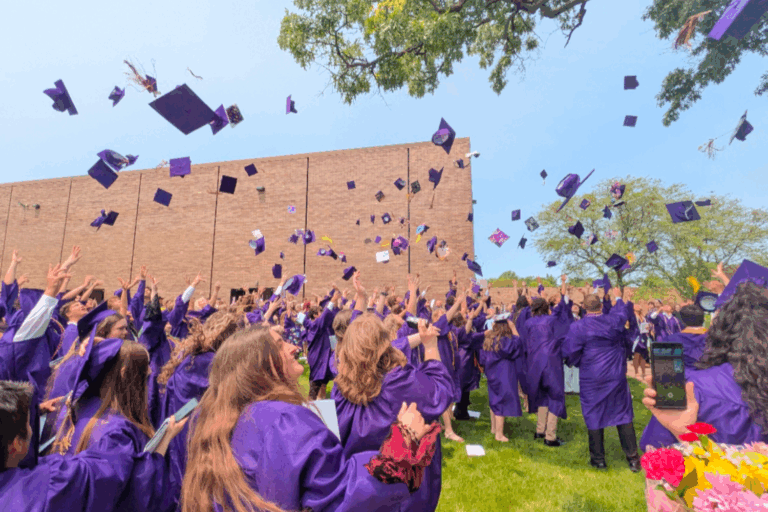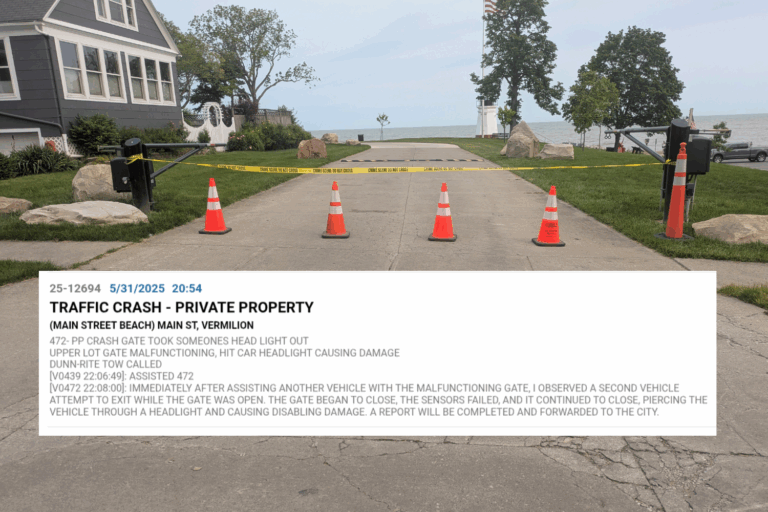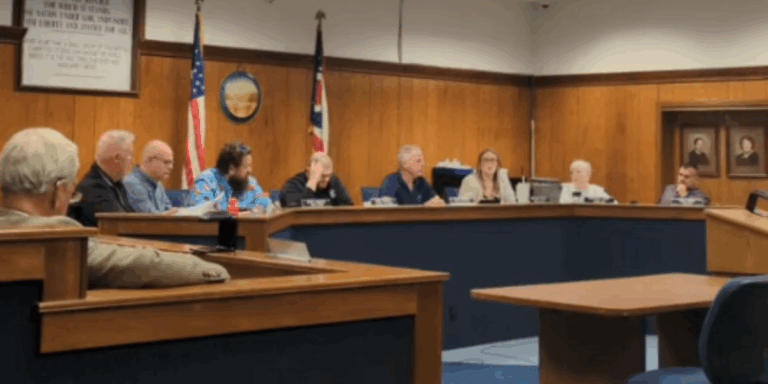
Vermilion’s roads are a well-known problem—but the right solution is still up for discussion. While some suggest a modest road levy could help fund repair over several decades, not everyone believes a levy will pass—or that it should be the only option on the table or considered at all.
During his Russ 4 Us event at German’s Villa last Thursday, Vermilion mayoral candidate Russell Owens spoke openly about several ideas to improve city infrastructure without overburdening taxpayers. His remarks emphasized creative revenue strategies, accountability in spending, and smarter coordination with developers—concepts that align with what many residents have been calling for.

Let Tourism Help Pay the Bill
One option being explored is the creation of a seasonal or resort-area fee. Vermilion is home to a vibrant summer economy, including marinas, boaters, and visitors who travel in for the lakefront and festivals. Charging a small access fee, a boat gas surcharge, or some kind of summer pass could bring in recurring revenue without putting additional pressure on residents. It would also allow the city to capture funds from people who regularly use our roads but don’t currently contribute to their maintenance.
A 20% Offset for Road Funding
Another idea being floated is a spending offset—requiring every city expenditure not related to roads to include a 20% contribution to a dedicated Road Fund. The thinking behind this is simple: for every dollar the city spends on anything else, a piece of it should go toward fixing and maintaining our roads. It’s a way to make road funding a constant priority, not just a once-in-a-while project.
Don’t Pave Active Construction Zones
A practical point being raised is the importance of timing. Roads like Brownhelm Station and Sunnyside should not be repaved while major construction projects are still ongoing. Heavy machinery, drainage adjustments, and truck traffic can easily undo fresh pavement. Some believe developers who impact city roads should also be held financially responsible for restoring them once their projects are complete.
Rethinking the City’s Spending Priorities
These ideas are part of a broader conversation happening around Vermilion: Are we using our public funds in the most responsible way? Residents are asking whether the city should spend $1.3 million on new vehicles or $1.5 million on road engineering designs while many streets are nearly undrivable. There’s a growing call for greater transparency, smarter budgeting, and a stronger focus on infrastructure.
A Road Levy?
While a road levy wasn’t one of Owens’s ideas, it remains another option available—and has been modeled in a proposal that would cost the average homeowner about $30 a month —it’s currently seen as one of the least popular solutions. Many residents are hesitant to support a tax increase without first seeing stronger fiscal discipline and better prioritization of existing funds. That said, if paired with alternative revenue streams or structured in phases, a levy could still play a role in long-term planning.
What Happens Next?
Whether Vermilion pursues a levy, a seasonal fee, a Road Fund offset, or a combination of all three, one thing is clear: the public wants a serious, transparent plan to fix the roads. None of these solutions are final, and none of them work alone. But together, they represent a shift in how we might think about investing in the foundation of our city. It’s not just about paving—it’s about planning.





